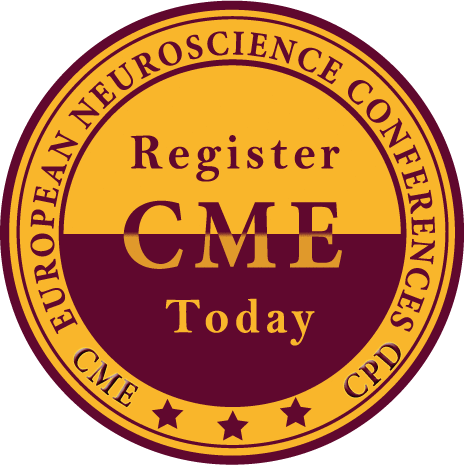Muhammed Al-Jarrah
Jordan University of Science and Technology, Jordan
Title: Bilateral anodal transcranial direct current stimulation could attenuate the activity of oxidative stress serum biomarkers in patients with Parkinson’s disease
Biography
Biography: Muhammed Al-Jarrah
Abstract
Objectives: Parkinson’s disease (PD) is progressive neurodegenerative disorder characterized by loss of dopaminergic neurons in the basal ganglia. Although the mechanisms underlying the loss of dopaminergic neurons in PD remain unclear, oxidative damage is one of these proposed mechanisms. The main goal of this study was to evaluate the activity of antioxidant enzymes in the blood of PD patients before and after bilateral anodal transcranial direct current stimulation (tDCS).
Methodology: 20 PD patients participated in this study. Internal Board Review (IRB) was obtained to conduct this study.
10 sessions of tDCS were given for each patient in the rate of five sessions per week for two weeks. The current intensity was low intensity direct electrical current (1 mA per each electrode) for 20 minutes per session. Activity of antioxidant enzymes; catalase (CAT, glutathione peroxidase (GSH-Px) and superoxide dismutase (SOD) have been quantified in plasma as measures
of antioxidant capabilities before and after stimulation.
Results: Our study showed that treatment with tDCS increased SOD, CAT and GSH-Px activities P<0.05.
Conclusion: Oxidative stress refers to the cytological consequences of imbalance between the production of free radicals and the ability of the body to clear them. Increased production of free radicals or decreased capacity to clear them could lead to neurodegeneration in the PD. tDCS might be well considered to manage PD.

